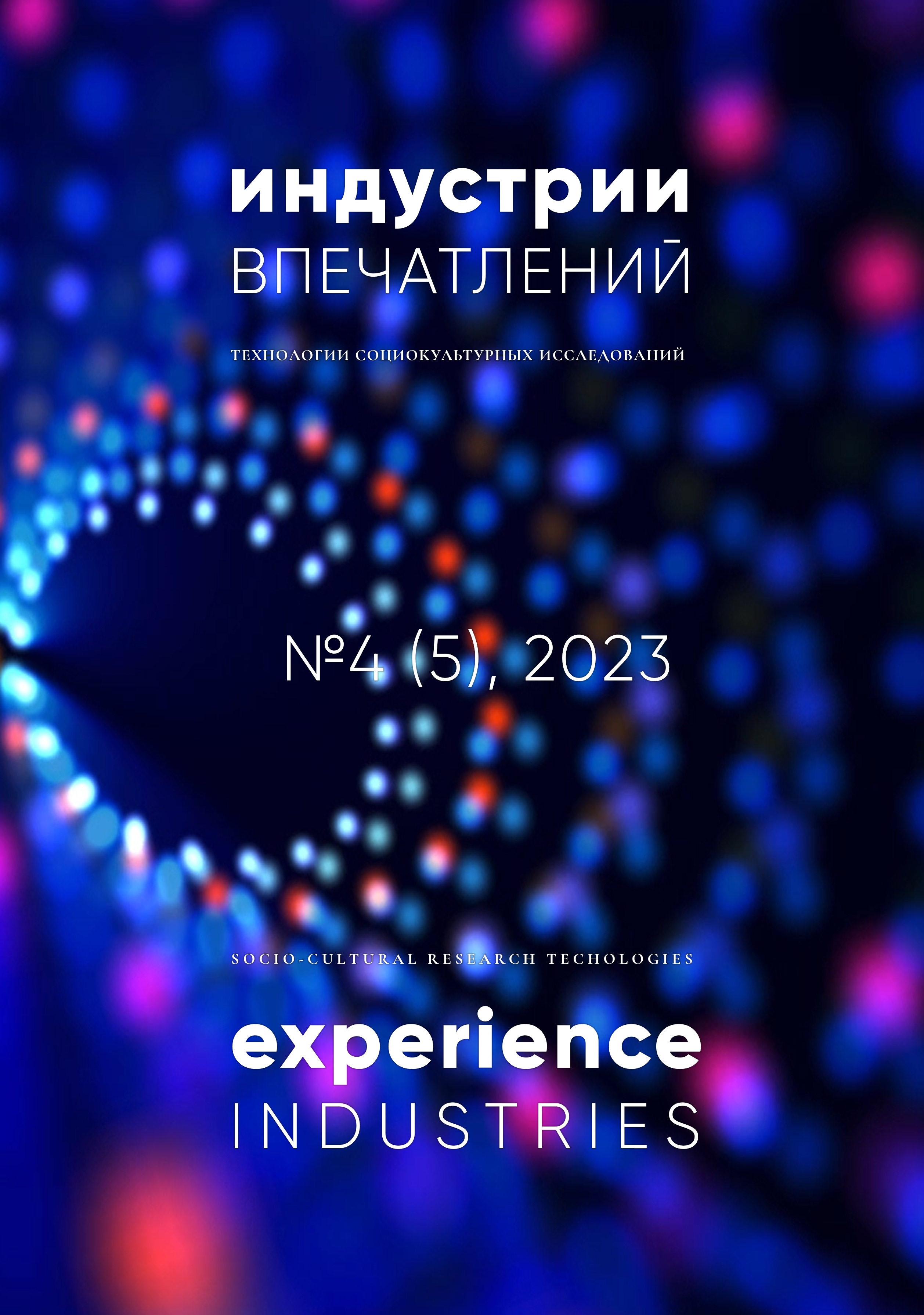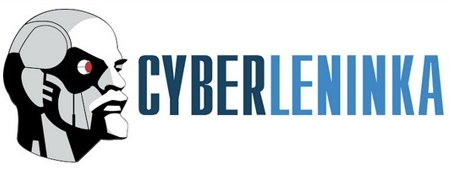GAME INDUSTRY METAVERSE: EXTENDED SELF ON THE BLURED BORDERS OF THE REAL
DOI:
https://doi.org/10.34680/EISCRT-2023-4(5)-170-191Keywords:
Extended Self, game industry, communication, virtual world, image of the futureAbstract
The game industry becomes more complicated and has deeply penetrated into the real world in different forms of communication. There is some evidence that "Extended Self" plays a pivotal role in the complex communicative space of conjugation of the real and virtual worlds. From the author’s point of view "Extended Self" can play a role as a communicative mode in the process of creating meanings in the virtual world. At the same time, the “images of things” produced by the user in games can be transferred to the real world, but without physical existence. Thus, the personality "expands", complements its reality, forming new communicative modes due to "Extended Self". The author of the work claims that the game industry has already become something more than just an entertainment, and independently creates new semantic structures of autopoiesis (in the interpretation of N. Luhmann). It is also claimed by the author that this synthetic autopoiesis can influence on construction of the image of the future.
For citation:
Shavlokhova, A. A. (2023). Game Industry Metaverse: Extended Self on the Blured Borders of the Real. Experience industries. Socio-Cultural Research Technologies (EISCRT), 4 (5), 170-191. (In Russ). https://doi.org/10.34680/EISCRT-2023-4(5)-170-191








